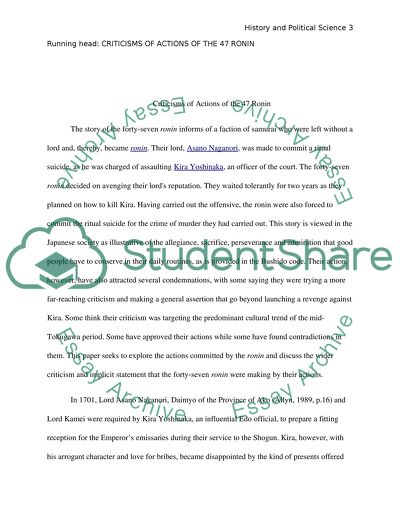Cite this document
(“Hofstra University Book Report/Review Example | Topics and Well Written Essays - 1750 words”, n.d.)
Hofstra University Book Report/Review Example | Topics and Well Written Essays - 1750 words. Retrieved from https://studentshare.org/history/1438318-hofstra-university
Hofstra University Book Report/Review Example | Topics and Well Written Essays - 1750 words. Retrieved from https://studentshare.org/history/1438318-hofstra-university
(Hofstra University Book Report/Review Example | Topics and Well Written Essays - 1750 Words)
Hofstra University Book Report/Review Example | Topics and Well Written Essays - 1750 Words. https://studentshare.org/history/1438318-hofstra-university.
Hofstra University Book Report/Review Example | Topics and Well Written Essays - 1750 Words. https://studentshare.org/history/1438318-hofstra-university.
“Hofstra University Book Report/Review Example | Topics and Well Written Essays - 1750 Words”, n.d. https://studentshare.org/history/1438318-hofstra-university.


